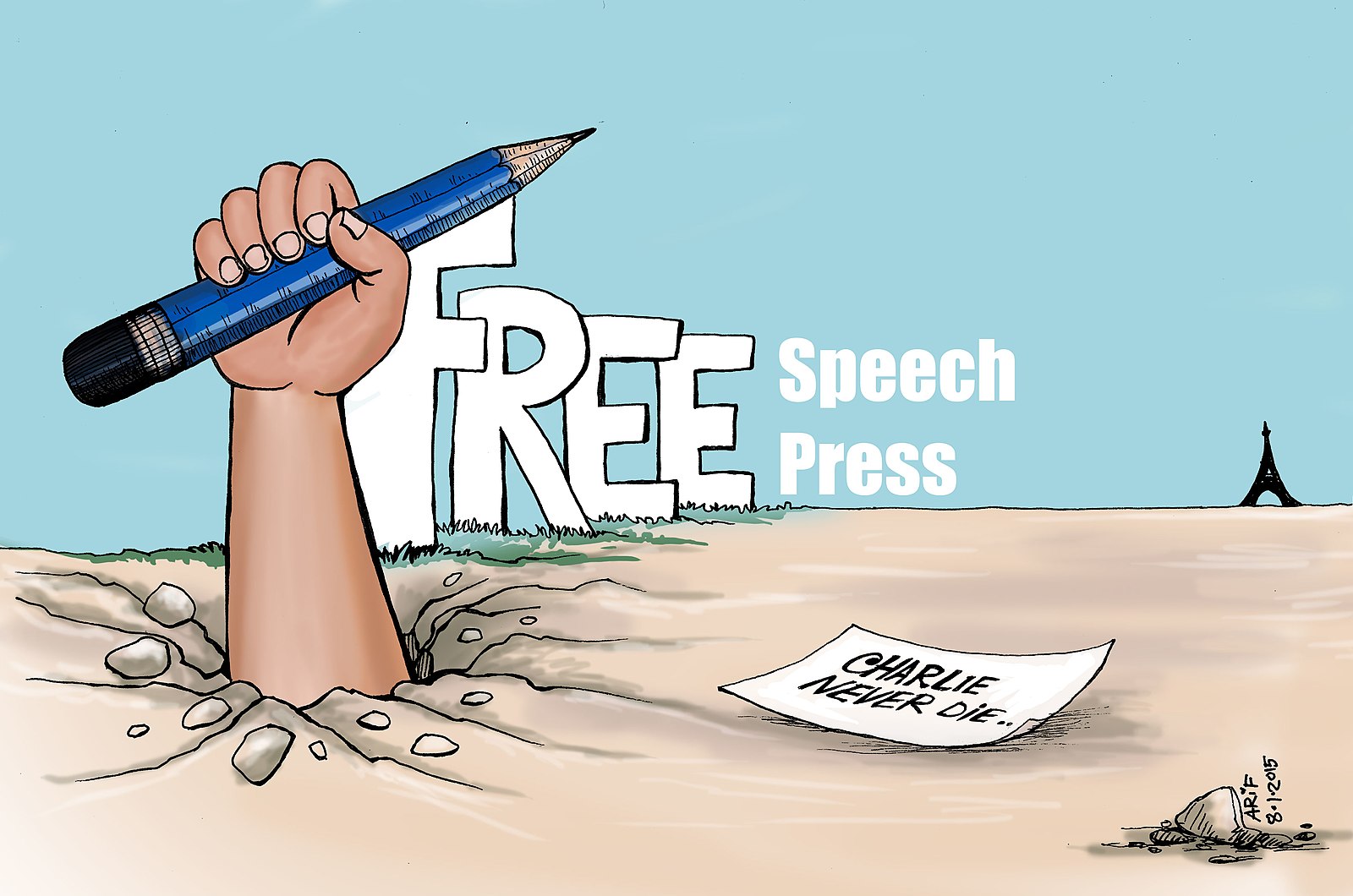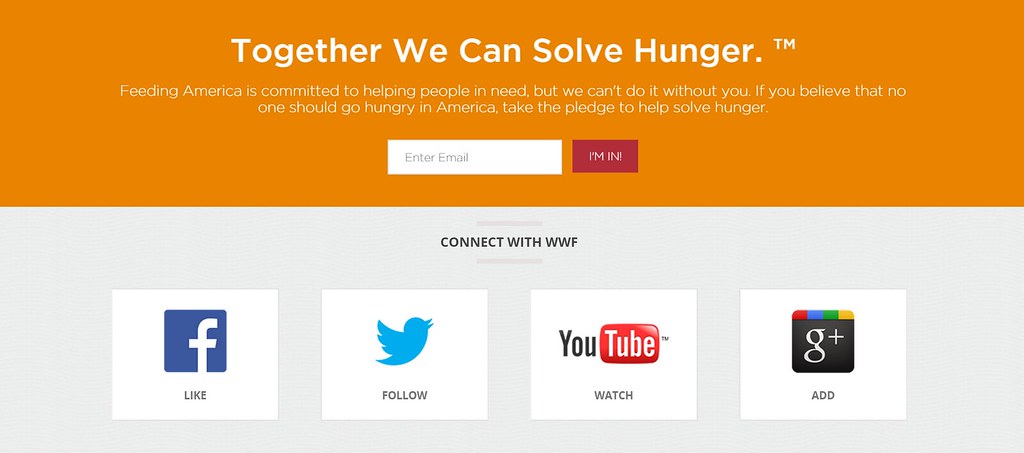Difference Between Free Speech and Call to Action
For the longest time, human beings have fought for and continue to fight for their rights and freedoms. However, there is a thin line between the distinction between free speech and call to action. Although the difference between the two is based on self-expressive, individualistic or autonomy-based freedom of speech, neither the principle of freedom of thought can explain why these two are accorded different immunity among states.

What is Free Speech?
Recognized as a human right under article 19 of the Universal Declaration of Human Rights as well as in the International Covenant on Civil and Political Rights, this is a principle that supports a community or individual’s freedom to articulate their ideas and opinions without the fear of censorship, retaliation or legal sanction. This also includes seeking and receiving ideas and information irrespective of the medium used either in writing, orally and even in the form of art.
According to Article 19 in the ICCPR, however, these are subject to certain restrictions where necessary, especially for the protection of morals and public health. As such, free speech is not recognized where slander, pornography, non-disclosure agreements, incitement, copyright violation, food labelling, obscenity and libel applies. The law hence recognizes the right to public security, privacy and perjury, which should not be violated.

What is ‘Call to Action’?
These are phrases designed to invoke an immediate response not only in business but also in every other aspect of life. Although more common in marketing, calls to action have been used in instances such as elections, fighting for human rights or passing a general message to the target audience. Usually short phrases, the compel an audience to act in a specific way.
Examples of calls to action phrases include:
- Yes, you can
- Call now
- Offer expires soon
- It’s our right
These compel the target audience to react hence purchase a product or show support for an idea. These can be found in many channels such as online advertisements, catalogues, brochures, email campaigns and even through verbal ques.
A successful call to action should compel the target audience to act promptly rather than later.
Similarities between Free speech and Call to action
- Both advocate for change in certain societal issues
Differences between Free speech and Call to action
Definition
Free speech refers to a principle that supports a community or individual’s freedom to articulate their ideas and opinions without the fear of censorship, retaliation or legal sanction. On the other hand, call to action refers to phrases designed to invoke an immediate response not only in business but also in every other aspect of life.
Aim
While free speech encourages seeking and receiving ideas and information irrespective of the medium used either in writing, orally and even in the form of art, call to action invokes immediate action to the target audience.
Free speech vs. Call to action: Comparison Table

Summary of Free speech vs. Call to action
Free speech refers to a principle that supports a community or individual’s freedom to articulate their ideas and opinions without the fear of censorship, retaliation or legal sanction. On the other hand, call to action refers to phrases designed to invoke immediate response not only in business but also in every other aspect of life.
- Difference Between Profit Center and Investment Center - July 2, 2022
- Difference Between Anti-Trust and Anti-Competition - June 6, 2022
- Difference Between Stocktaking and Stock Control - June 6, 2022
Search DifferenceBetween.net :
Leave a Response
References :
[0]Dawn Nunziato. Virtual Freedom: Net Neutrality and Free Speech in the Internet Age. Stanford University Press, 2009. https://books.google.co.ke/books?id=S0UkDwAAQBAJ&printsec=frontcover&dq=Difference+between+Free+speech+and+Call+to+action&hl=en&sa=X&ved=2ahUKEwiInpj0yobsAhU57uAKHTyQAVMQ6AEwBnoECAcQAg#v=onepage&q=Difference%20between%20Free%20speech%20and%20Call%20to%20action&f=false
[1]Jimmy Carter. A Call to Action: Women, Religion, Violence, and Power. Simon and Schuster, 2015. https://books.google.co.ke/books?id=GkDqBgAAQBAJ&pg=PP1&dq=call+to+action&hl=en&sa=X&ved=2ahUKEwi-rfeMzIbsAhVC8hQKHcVxBZkQ6AEwCHoECAkQAg#v=onepage&q=call%20to%20action&f=false
[2]Nigel Warburton. Free Speech: A Very Short Introduction. OUP Oxford, 2009. https://books.google.co.ke/books?id=nJ0uf50ZtzsC&printsec=frontcover&dq=free+speech&hl=en&sa=X&ved=2ahUKEwiZw6WMzIbsAhUvDGMBHSIlDuMQ6AEwAHoECAAQAg#v=onepage&q=free%20speech&f=false
[3]Image credit: https://live.staticflickr.com/486/20480241682_742b70d190_b.jpg
[4]Image credit: https://commons.wikimedia.org/wiki/File:Free_speech.jpg
